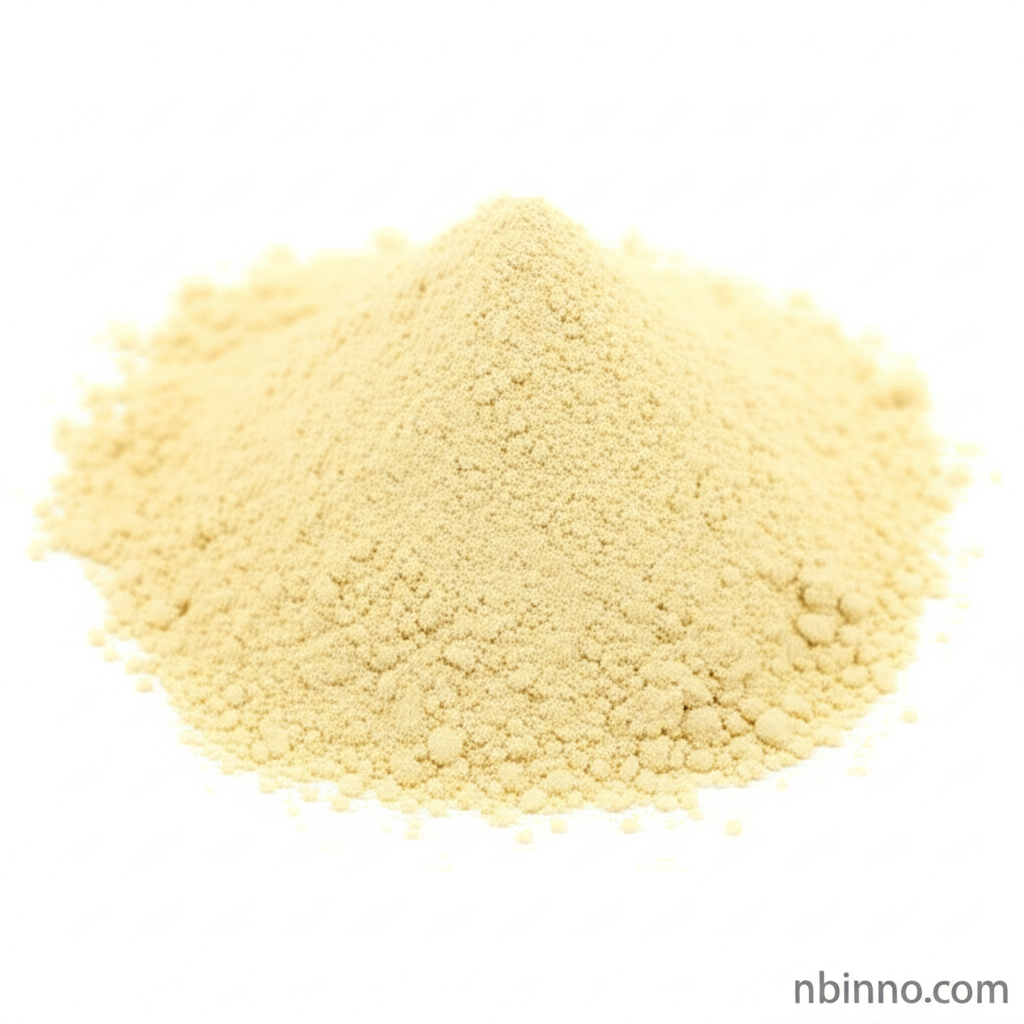Pyridine-2,6-dimethanol: A Versatile Intermediate for Pharmaceuticals, Catalysis, and Material Science
Discover the essential chemical compound Pyridine-2,6-dimethanol (CAS: 1195-59-1), a key building block in modern chemical synthesis, renowned for its diverse applications across pharmaceuticals, advanced materials, and catalysis.
Get a Quote & SampleProduct Core Value

Pyridine-2,6-dimethanol
As a reliable supplier in China, we offer Pyridine-2,6-dimethanol (CAS: 1195-59-1), a crucial intermediate with a wide array of applications. Its unique structure, featuring two hydroxymethyl groups on a pyridine ring, enables its use as a versatile donor ligand in coordination chemistry and as a building block in complex organic synthesis. We are committed to providing high-quality chemical intermediates to meet diverse industrial needs.
- Pyridine-2,6-dimethanol synthesis methods are being refined to enhance purity and yield for demanding applications in catalysis and material science.
- Pyridine-2,6-dimethanol applications span across pharmaceutical intermediates, acting as a precursor for various active pharmaceutical ingredients.
- Pyridine-2,6-dimethanol metal complexes exhibit fascinating structural and magnetic properties, making them valuable in research and development.
- 2,6-bis(hydroxymethyl)pyridine uses extend to its role as a key component in creating new materials with specialized physical properties.
Key Advantages
Versatile Coordination Chemistry
Pyridine-2,6-dimethanol acts as a tridentate ligand, coordinating effectively with metal ions to form stable complexes crucial for understanding electronic structures and magnetic behaviors, enhancing catalyst performance.
Organic Synthesis Building Block
Its reactive hydroxyl groups can be readily transformed into other functional groups, simplifying synthetic routes and increasing productivity in the production of fine chemicals and pharmaceutical intermediates.
Material Science Innovation
The compound's ability to form extended networks with metal ions contributes to the development of novel materials with tailored physical properties, including potential in polymer chemistry.
Key Applications
Pharmaceutical Intermediates
Utilized as an intermediate in the synthesis of various pharmaceuticals, contributing to the development of new treatments. The precise synthesis of these intermediates is key to high-quality drug production.
Coordination Chemistry
Serves as a versatile ligand for creating metal complexes with unique structural and magnetic characteristics, valuable for research and catalyst development.
Organic Synthesis
Acts as a crucial building block, allowing for the efficient creation of complex organic molecules and functional groups through various chemical transformations.
Catalysis
Employed in the synthesis of metal catalysts that facilitate diverse chemical reactions, improving efficiency and enabling new synthetic pathways.
